Projects
-
Iraci Borgia Project, Italy (2015)
Example 1: First field industrial-scale iBB application, Iraci Borgia Farm, Perugia, Italy (2015)- Host plant design: Two identical side-by-side primary anaerobic digesters, (Digester 1 and Digester 2), loaded with a total of 62.5 tons/day of biomass divided evenly between the two, followed by a secondary or post-digester (Digester 3), for a total plant volume of 6,000 cubic meters; the biogas produced powered a one megawatt electric power generator.
- A single iBB unit was attached to Digester 1 for an industrial-scale field test beginning in March 2015. This allowed a direct comparison of biogas production by iBB-boosted Digester 1 and unboosted Digester 2, as well as a comparison of the performance of the entire digester system before and after the iBB began operation.
- Before the iBB test at Digester 1, biogas production from the identical Digesters 1 and 2 was equal; in the first eight weeks of iBB operation at Digester 1, Digester 1’s biogas production exceeded Digester 2’s by over 30%.
- In the first three years of the test (2015-2017), the average methane content of the combined biogas from the host plant’s three digesters (only one of them “boosted”) increased over the year prior to iBB installation (2014) by 5% in the first year, 8.1% in the second, and 8.5% in the third.
- Remaining un-captured biochemical methane potential (BMP) in the host plant’s (Digesters 1, 2, and 3) overall final digestate declined from the year preceding iBB operation by 12% in the first year, 25% in the second, and 27% in the third — representing a substantial increase in the completeness of the overall fermentation process in the total host plant.
- In 2016-17, the Center for Biomass Research at the University of Perugia, Italy (“CBR”) [http://www.crbnet.it/Index.htm] independently evaluated the iBB process at lab scale, with confirmatory analysis of the performance of the iBB at the Iraci Borgia plant (“CBR Study”).
- The CBR Study report calculated an iBB-produced increase in methane production per unit of volatile solids of approximately 12.5% overall at the Iraci Borgia plant, although the iBB directly boosted only one of the plant’s three digesters.
- The CBR Study report, in the original Italian and in English translation, is available on request.

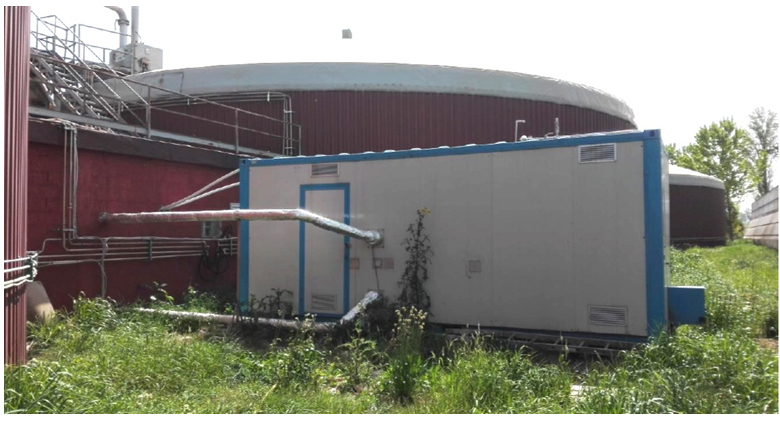
-
iBB Industrial-Scale Application, Jiangsu, China (2016)
Example 2: Industrial-scale iBB application, Lianyungang, Jiangsu Province, China (November, 2016).- An iBB System with two incubator tanks (one cubic meter working volume each) was installed for a pilot test on one of nineteen 5,000 cubic meter internal circulation anaerobic digesters for treatment of wastewater from a cassava-to-alcohol distillery.
- At the end of 1 year of iBB operations:
- Methane content of the iBB-boosted digester’s biogas had increased by about 8.0% compared to the methane content in the commingled biogas from all nineteen of the distillery’s digesters;
- The biogas production rate per unit of feed of the iBB test digester had increased by about 17.3% compared to the average for all nineteen of the digesters;
- The combined effect was an increase about 27% in total methane production per unit of feed in the iBB-boosted digester compared to the average for all nineteen of the digesters.
- A technical paper describing the test is available on request. Abstract available here: https://www.sciencedirect.com/science/article/pii/S0301479721024464?via%3Dihub
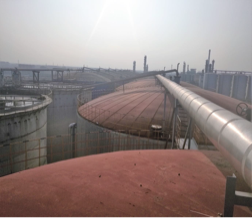

-
iBB Industrial-Scale Application, Hubei, China (2015)
Example 3: Industrial-scale iBB application, Hubei Jian Feng pig farm, Huangshi, Hubei, China, (August, 2015).- Research demonstration project, funded by the South-Central University of Nationalities (now South Central Minzu University), Wuhan, Hubei, China.
- Host plant design: An iBB unit with an incubator tank of one cubic meter working volume was installed at a 1,400 cubic meter single-phase horizontal plug flow anaerobic digester processing the separated wastewater from the manure of approximately 10,000 pigs daily.
- In the first two months of iBB operation:
- Digester biogas production increased by ~20% above the initial value of 1632 cubic meters/day.
- In subsequent months:
- Biogas production increased by more than 40% over the initial value.
- Biogas methane content increased from ~62% to an average of ~78% (a relative increase of nearly 26%) and remained practically constant at ~78%.
- The increased methane production enabled installation of a boiler used for heating the digester, a restaurant kitchen, and personnel housing facilities.
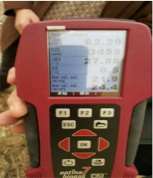
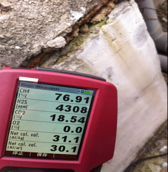
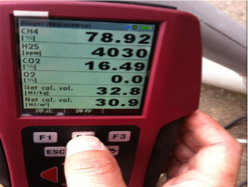
-
iBB Industrial-Scale Application, Ravenna, Italy (2017)
Example 4: Industrial-scale iBB application, Ravenna, Italy (July, 2017).- Host plant design: An iBB with a working volume of one cubic meter was installed at a one megawatt power generation plant served by biogas from two digesters: a primary digester plus a post-digester (total plant digester volume = 7,000 cubic meters). The iBB was connected to the primary digester in July 2017.
- A pre-iBB connection date of 6/14/2017 and a post-iBB connection date of 11/3/2017 were used for total plant performance comparison before and after the iBB connection.
- Biogas methane percentage increased by about 6.5% (from 48% to 51.1%)
- Biological efficiency of digestion increased, as indicated by an 18% reduction in BOD/COD (from 30% to 24.6%)
- Residual methane production potential of the total plant digestate discharge decreased by 36%, indicating more complete digestion of the biomass feedstock and associated increase in biogas production.
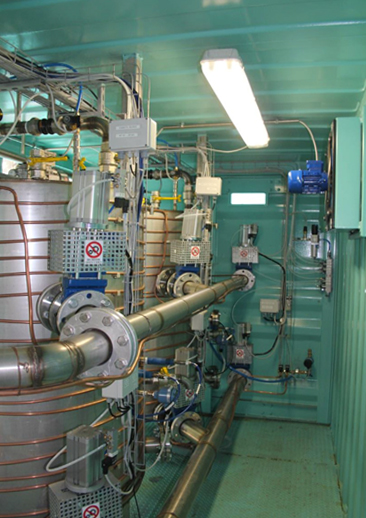
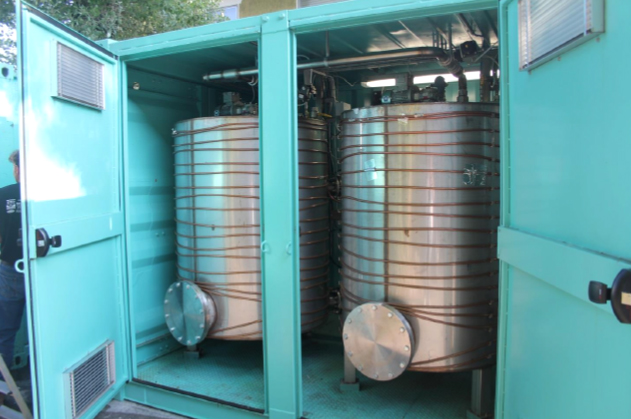

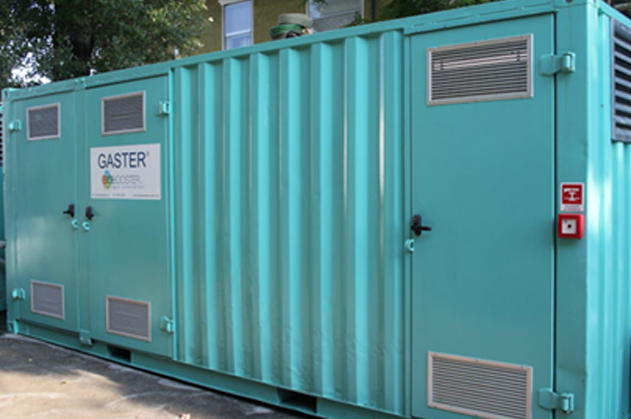
© Bio-Tronic Energy-CA, LLC. All rights reserved.